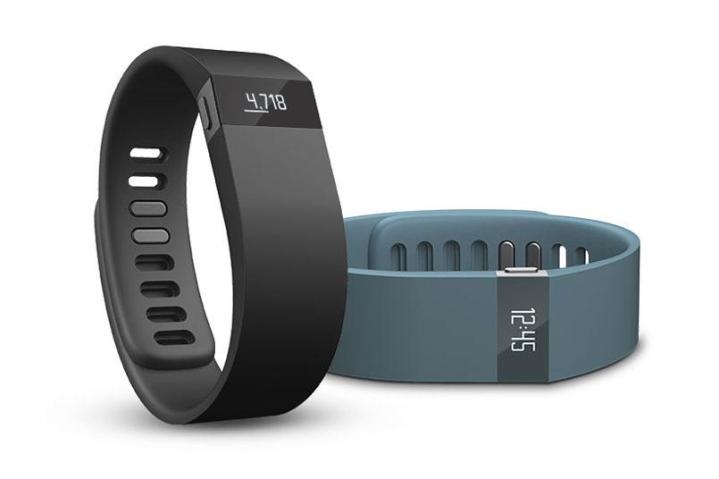
Fitbit on Wednesday responded to reports earlier this week about its Force activity tracker causing skin irritation for “a very limited number” of users. The company said it was offering anyone affected a full refund or an exchange for one of its alternative products.
The issue first came to widespread attention on Monday when the Consumerist caused a bit of a stir with the publication of what it described as “mildly gross” photos of wrist-based sores and rashes apparently caused by an allergic reaction to a material inside Force’s wristband.
On Thursday the San Francisco company promised it was looking into the situation, suggesting in a statement that it was “possibly as the result of an allergy to nickel, an element of surgical-grade stainless steel used in the device.”
Users noticing the first sign of any inflammation should stop using the product, Fitbit said, and contact it at force@fitbit.com if they have any questions.
“Customers may also contact Fitbit for an immediate refund or replacement with a different Fitbit product,” the company said.
The statement continued: “We are sorry that even a few consumers have experienced these problems and assure you that we are looking at ways to modify the product so that anyone can wear the Fitbit Force comfortably.”
The $130 Fitbit Force, which launched late last year, tracks a range of fitness data such as calories burned, steps taken, stairs climbed, and distance traveled. The wearable tech also comes with a silent vibration alarm, an altimeter, and is water resistant for general use. Data is displayed on the device’s OLED readout and can be shared and monitored on Fitbit’s website or via the device’s companion app.
Wearable tech made its presence felt at CES more than ever this year, with many observers expecting the category to take off big time over the next 12 months.
Below is Fitbit’s full statement:
We are looking into reports from a very limited number of Fitbit Force users who have been experiencing skin irritation, possibly as a result of an allergy to nickel, an element of surgical-grade stainless steel used in the device.
We suggest that consumers experiencing any irritation discontinue using the product and contact Fitbit at force@fitbit.com if they have additional questions. Customers may also contact Fitbit for an immediate refund or replacement with a different Fitbit product.
We are sorry that even a few consumers have experienced these problems and assure you that we are looking at ways to modify the product so that anyone can wear the Fitbit Force comfortably. We will continue to update our customers with the latest information.


